41-50
Bowie’s favourite 100 Books – Part 5
David Bowie’s 100 favourite Books
Part Five 41-50

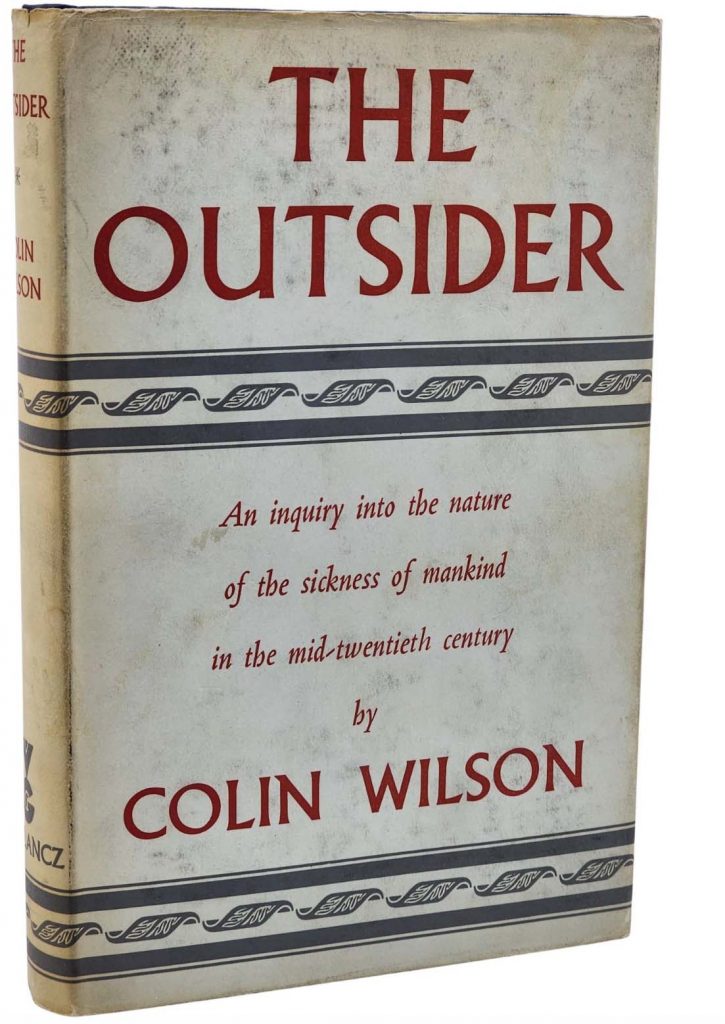
The Outsider by Colin Wilson
The Outsider – born into a world without perspective, where others simply drift through life, the Outsider creates his own set of rules and lives them in an unsympathetic environment. The relative handful of people who fulfilled Wilson’s definition of the Outsider in the 1950s have now become a significant social force, making Wilson’s vision more relevant today than ever.
Through the works the lives of various artists—including Kafka, Camus, Eliot, Hemingway, Hesse, Lawrence, Van Gogh, Nijinsky, Shaw, Blake, Nietzsche and Dostoyevski—Wilson explores the psyche of the Outsider, his effect on society and society’s effect on him. (Source: Goodreads.com)
Strange People by Frank Edwards
This classic compendium describes unexplained incidents of premonitions, UFO sightings, apparitions, ghost lights, family curses, cloudless rain, miracle cures, blackouts, reincarnation, disappearances, and poltergeists – curated by the famous radio presenter Edwards. (Source: boreleaaks.com)


English Journey by J.B. Priestley
Published in 1934, ‘English Journey’ is a rambling and often very funny account of Priestley’s travels through rural and urban England in the autumn of 1933. Priestley identifies three Englands: Old England, a tourist’s paradise of minsters and manors; Nineteenth Century England, a blackened industrial landscape; and New England, a country just coming into being, a place of increasing standardisation, mass motor travel, swimming pools, bungalows and American celebrities. (Source: The Independent.com)
A Confederacy Of Dunces by John Kennedy Toole
Here is Ignatius Reilly: slob extraordinary, a mad Oliver Hardy, a fat Don Quixote, a perverse Thomas Aquinas rolled into one, who is in violent revolt against the entire modern age, lying in his flannel nightshirt in a back bedroom on Constantinople Street in New Orleans, who between gigantic seizures of flatulence and eructations is filling dozens of Big Chief tablets with invective. (Source: Goodreads.com)


The Day Of The Locust by Nathanael West
The Day of the Locust is Nathanael West’s response to the Great Depression in early 20th century America. West chooses Hollywood, and its circus of grotesque clowns and cowboys, as the scenario for his 1939 novel. Throughout the post-crash years, while Hollywood’s film industry bloated – films proved a popular way of escaping reality – the rest of the country wasted away. In line with the drudgery of the era,
West gives little of the perfumed glamour of Depression-era Hollywood. His Tinseltown is a place where dreams come to die. There’s a strange sort of comfort in this no-nonsense approach to glitz. (Source: The Guardian.com)
1984 by George Orwell
The dystopian classic – read it (again)!
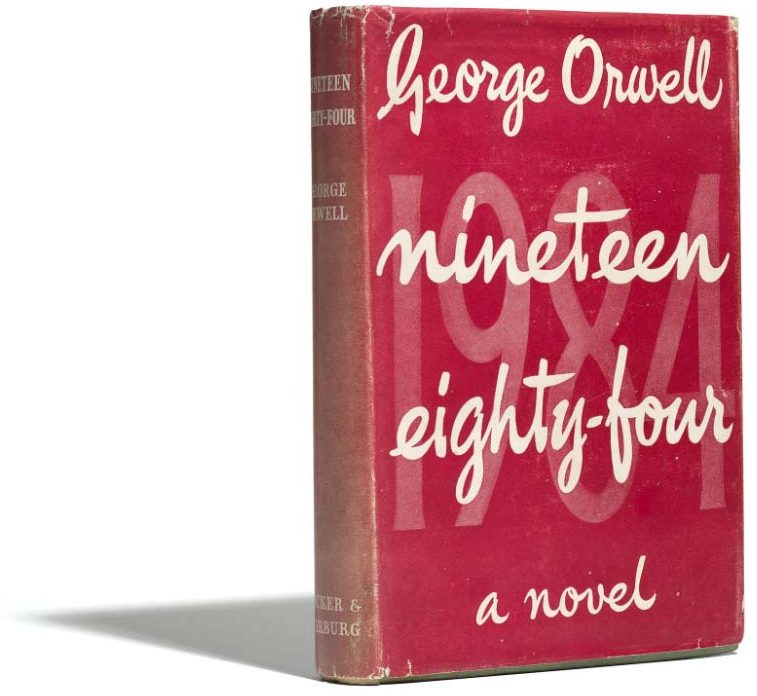

The Life And Times Of Little Richard by Charles White
The classic authorized biography that told it all. When Little Richard burst onto the scene in the early 1950s, he sounded like nothing on earth. He made himself a star through sheer force of personality, breaking racial and sexual taboos on his way to becoming the primal force of Fifties rock ‘n’ roll. Elvis Presley called him ‘the greatest’.
Otis Redding called him his ‘inspiration’ and James Brown called him his idol. Using Richard’s own words, White chronicles a staggering career that spanned the very rules of rock ‘n’ roll, the rise of The Beatles, tussles with God and The Devil and an erratic series of comebacks. (Source: Goodreads.com)
Awopbopaloobop Alopbamboom: The Golden Age of Rock by Nik Cohn
Awopbopaloobop Alopbamboom was the first book to celebrate the language and the primal essence of rock ‘n’ roll. But it was much more than that. It was a cogent history of an unruly era, from the rise of Bill Haley to the death of Jimi Hendrix. And while telling outrageous tales, vividly describing the music, and cutting through the hype,
Nik Cohn would engender a new literary form: rock criticism. In his book’s wake, rock criticism has turned into a veritable industry, and the world of music has never been the same. Now this seminal history of rock ‘n’ roll’s evolution is available once more — as riotous a spree as any in rock writing. (Source: TheAlpinski.com)

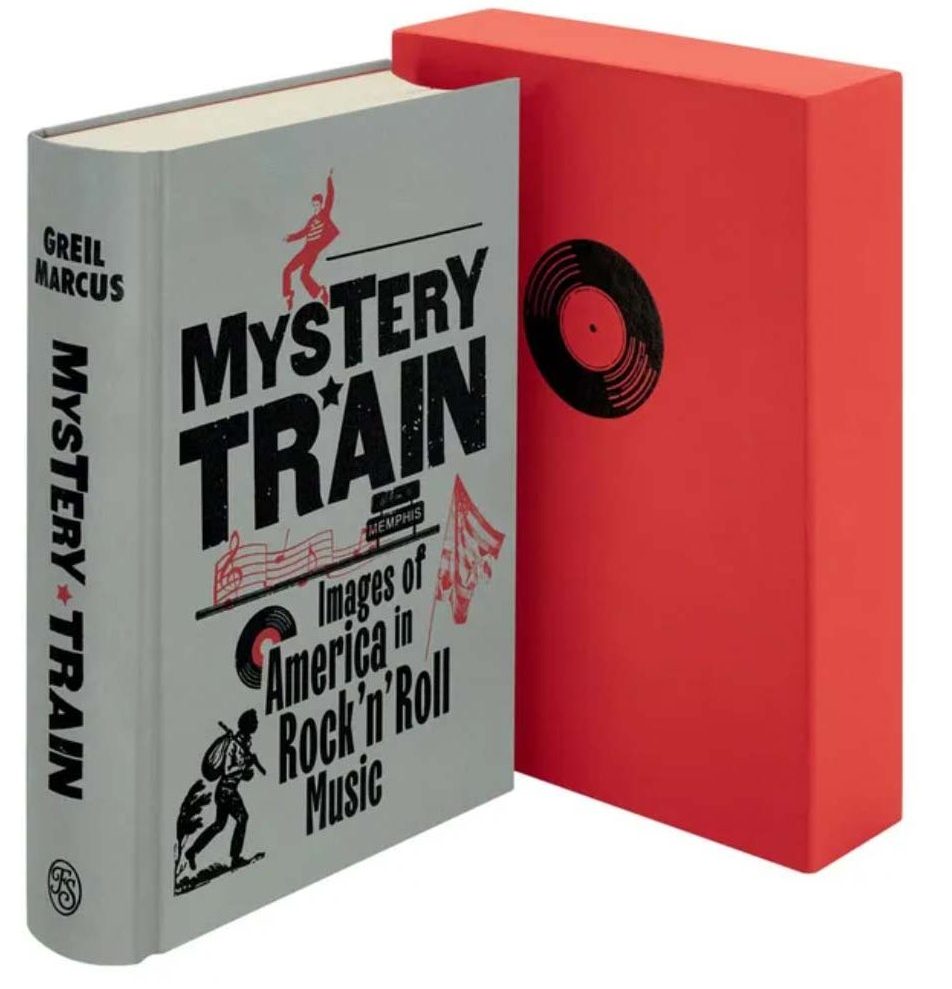
Mystery Train by Greil Marcus
On its publication in 1975, Mystery Train was hailed as a revolutionary book about popular music. It has proved inspirational to critics and musicians alike: Bruce Springsteen, Nick Cave and David Bowie are among the many to have expressed their admiration. Taking its title from one of Elvis Presley’s greatest singles, the book chronicles the growth of rock ‘n’ roll from its roots in the blues, gospel and country music of the Deep South.
Greil Marcus profiles six pioneering artists, finding in their stories a way to ‘deal with rock ‘n’ roll not as youth culture, or counterculture, but simply as American culture’. In their lives and music, he finds echoes of Abraham Lincoln, Huckleberry Finn, Moby-Dick and countless other icons of the United States. (Source: damishdan.com)
The Beano Comic
Beano (formerly The Beano Comic) is a British anthology comic magazine created by Scottish publishing company DC Thomson. Its first issue was published on 30 July 1938, and it published its 4000th issue in August 2019. Popular and well-known comic strips and characters include Dennis the Menace, Minnie the Minx, The Bash Street Kids, Roger the Dodger, Billy Whizz, Lord Snooty and His Pals, Ivy the Terrible, General Jumbo, Jonah, and Biffo the Bear. (Source: Wikipedia.org)
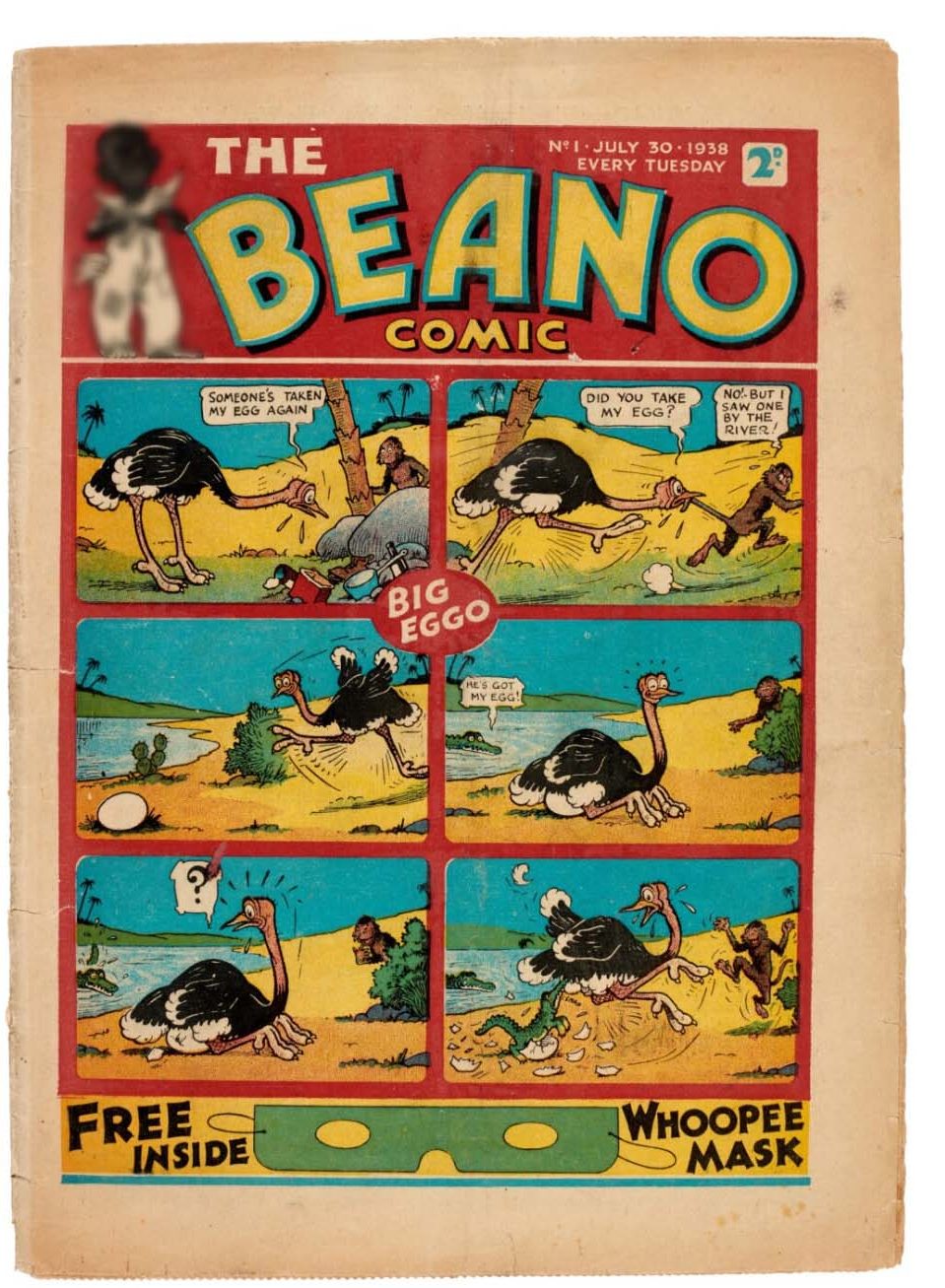
Please stay tuned for Part 6 – soon on theecool.com


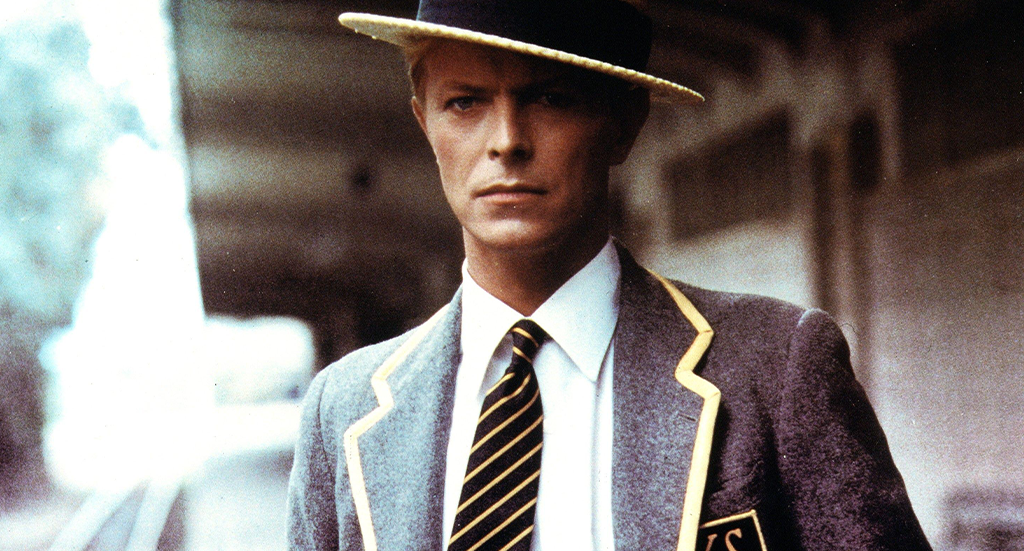
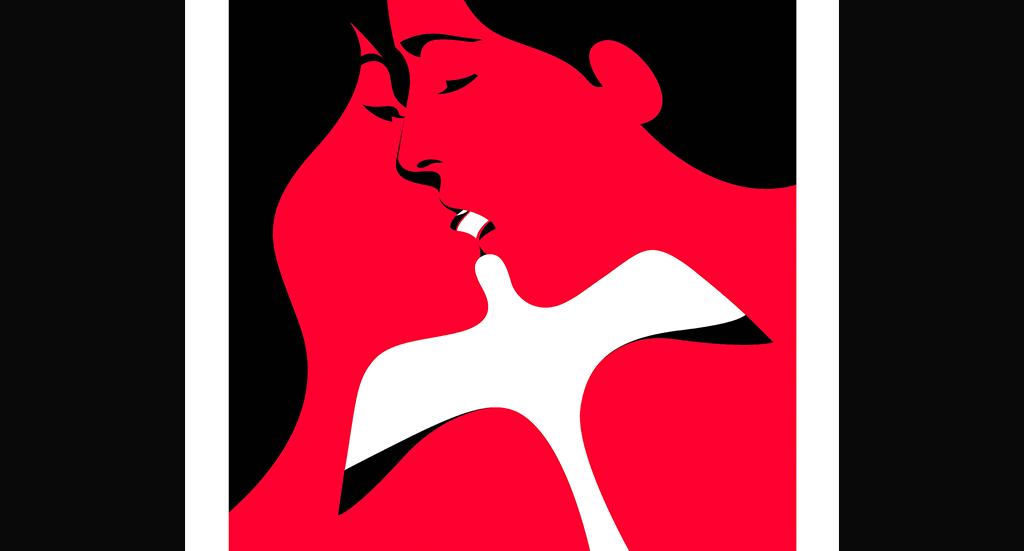


Join our Community